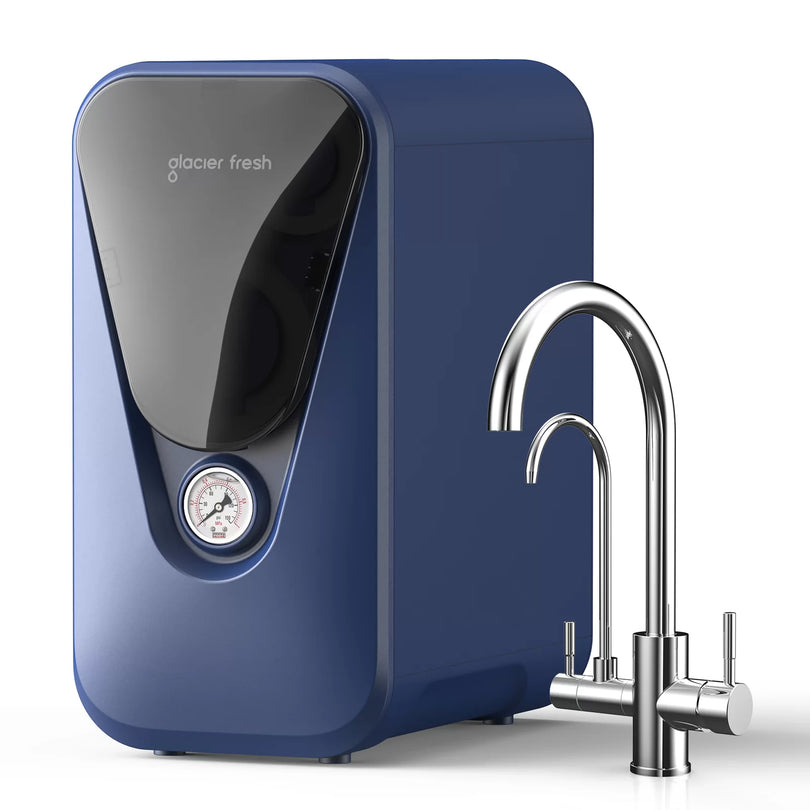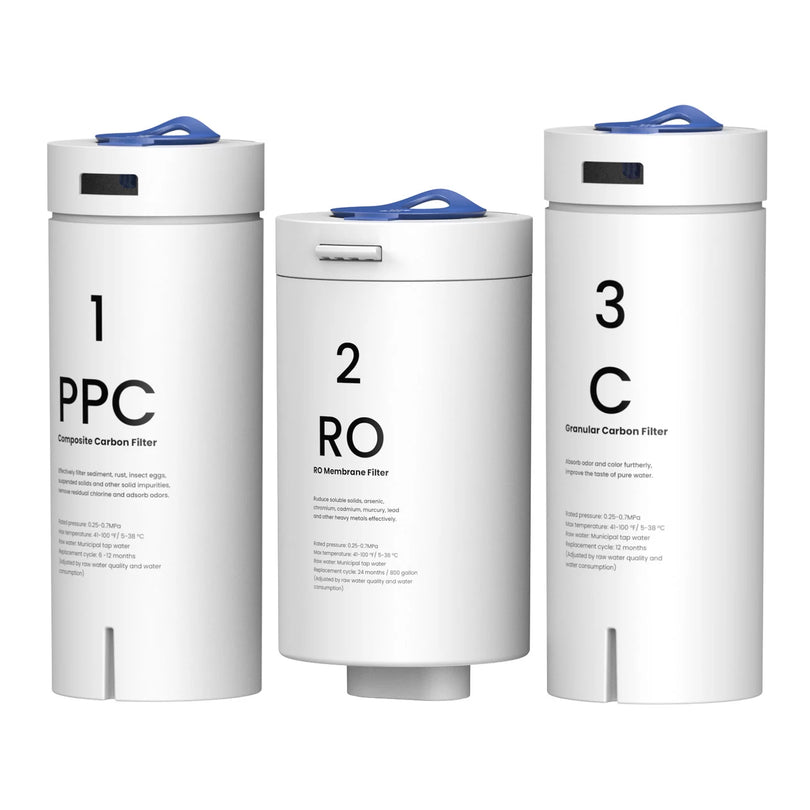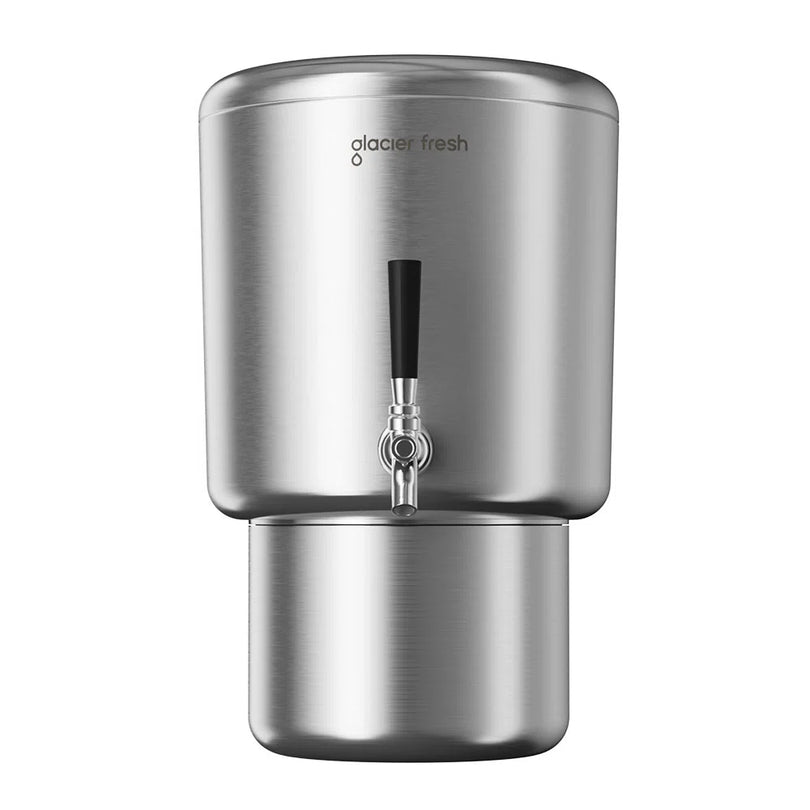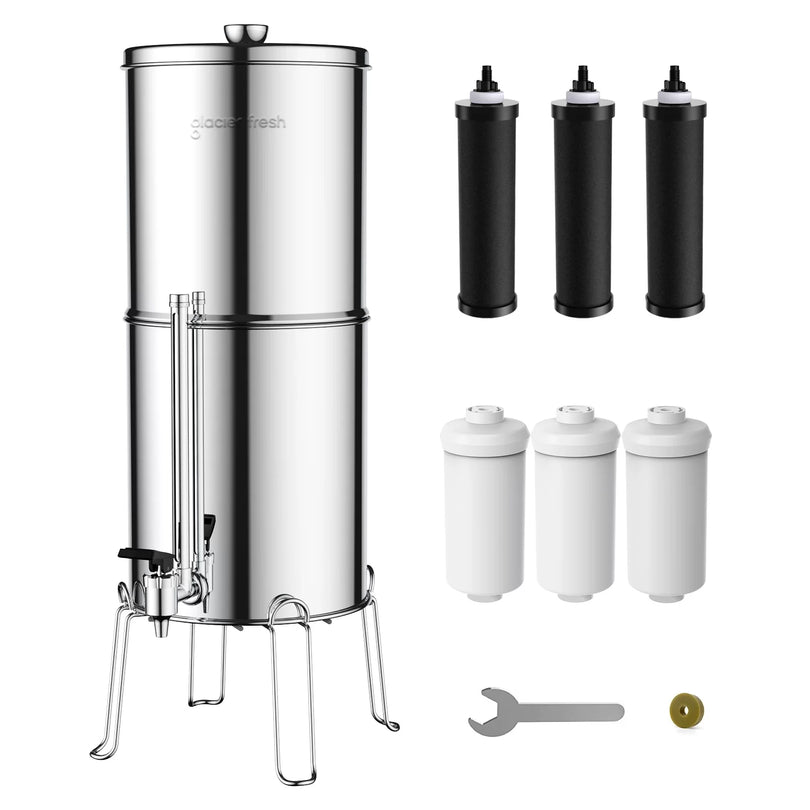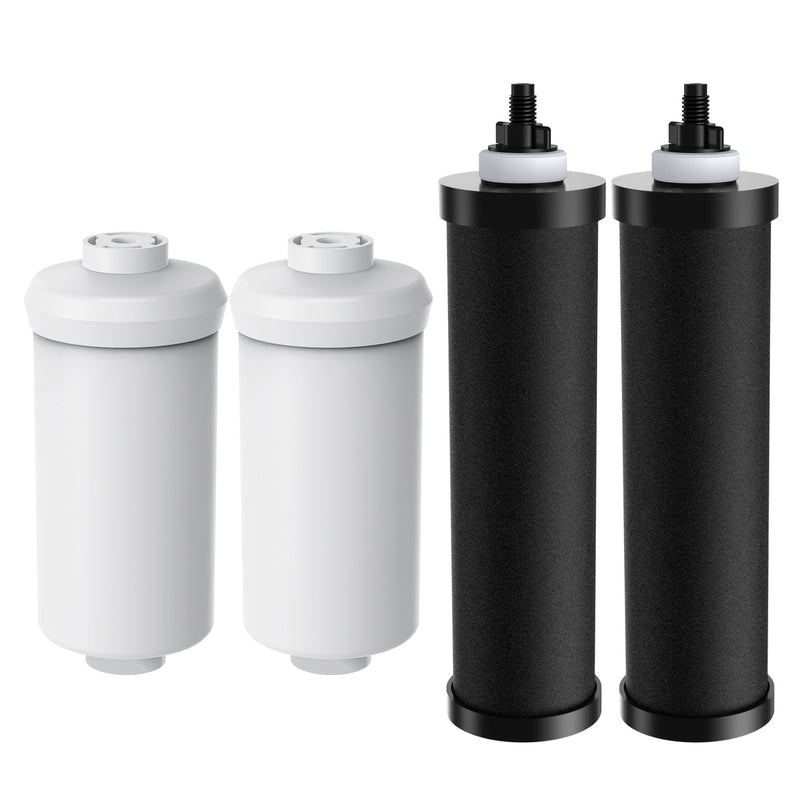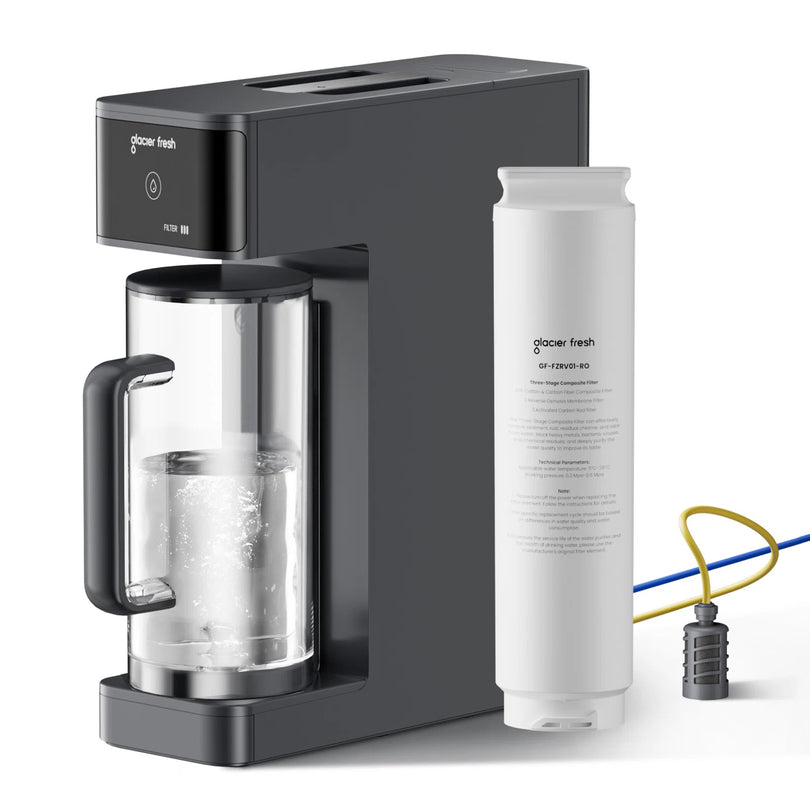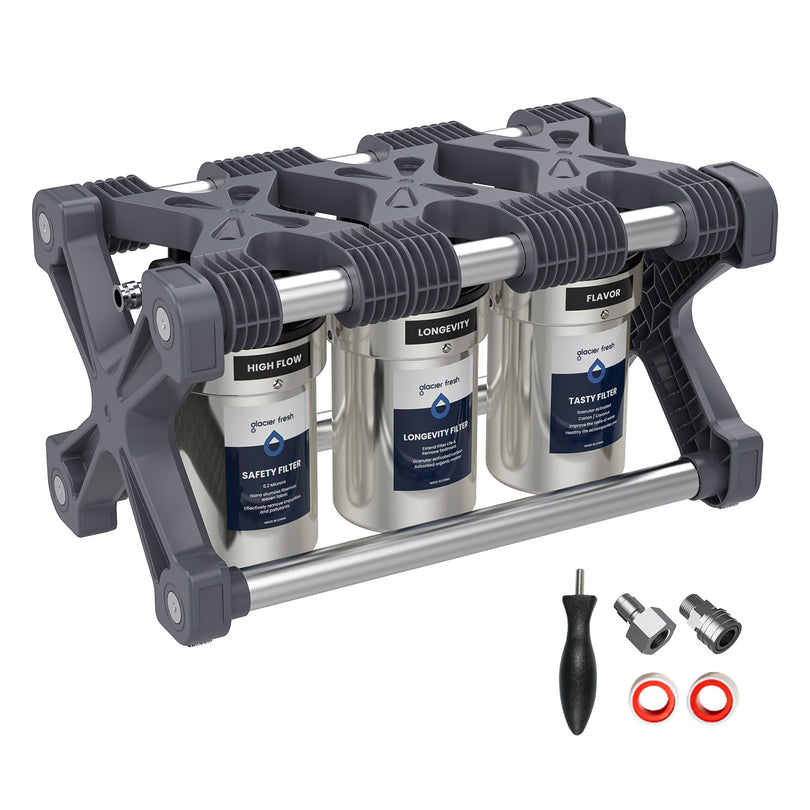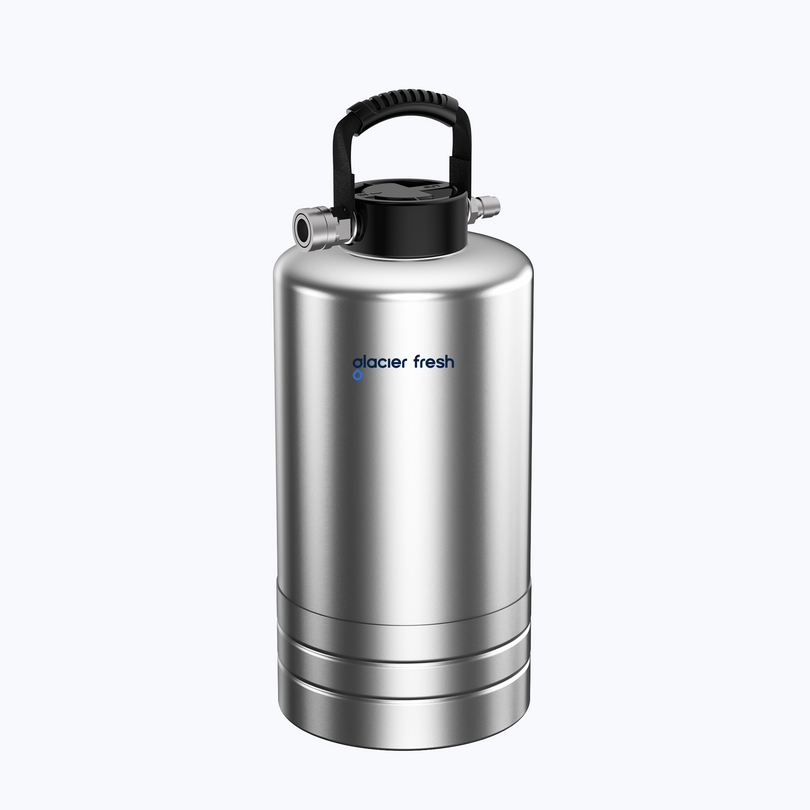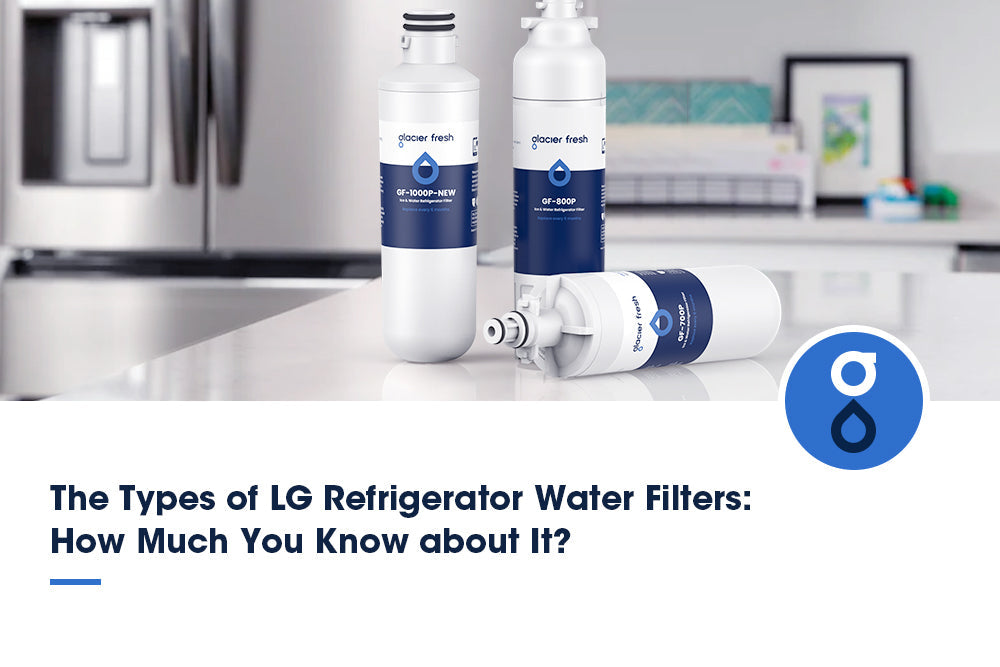Table of Contents:
What is community water fluoridation?
The science of fluoride: benefits and risks for people`s health
The intensifying debate: health experts and politics
Current U.S. recommendations and regulations on fluoride
How to check your tap water`s fluoride levels?
Glacier Fresh solutions: reducing fluoride exposure at home
FAQs
Conclusion
In April 2025, Health Secretary Robert F. Kennedy Jr. urged the Centers for Disease Control and Prevention (CDC) to cease recommending the addition of fluoride to U.S. drinking water. This appeal has reignited longstanding debates about the safety and necessity of water fluoridation, a public health measure implemented for decades.
As discussions intensify, many Americans are left questioning the safety and necessity of fluoride in drinking water. This article delves into the history, benefits, potential risks, and current regulations of water fluoridation, offering guidance on how individuals can assess and manage their fluoride exposure at home.
What is community water fluoridation?

Community water fluoridation involves adding a controlled amount of fluoride (typically 0.7 mg/L) to public water supplies to prevent tooth decay. Initiated in the 1940s, the practice began after researchers observed that communities with naturally higher fluoride levels had stronger teeth.
In 1945, Grand Rapids, Michigan, became the first U.S. city to adjust fluoride levels in its public water supply. By the 1950s, many cities adopted this measure, with studies showing a 50%–70% reduction in cavities among children in fluoridated communities compared to those without.
Water fluoridation has been promoted as an equitable public health strategy, benefiting individuals regardless of income or access to dental care. At its peak, approximately two-thirds of Americans received fluoridated tap water.
The science of fluoride: benefits and risks for people`s health
Proven dental benefits
Fluoride strengthens tooth enamel by promoting remineralization and inhibiting acid-producing bacteria, effectively reducing cavities in both children and adults. This preventive measure has also been linked to reduced dental treatment costs and improved overall oral health outcomes. Economic analyses estimate that every dollar invested in fluoridation saves $38–$57 in dental treatment costs over a lifetime.
Emerging health concerns
Recent research has examined potential non-dental risks of fluoride, especially at higher exposures (above 1.5 mg/L). A 2024 JAMA Pediatrics meta-analysis found a dose-response association between fluoride exposure and reduced IQ scores in children, primarily in regions with high natural fluoride levels outside the U.S.
The NIH’s 2024 National Toxicology Program (NTP) monograph reviewed various studies and concluded with moderate-to-high confidence that fluoride levels above 1.5 mg/L are neurotoxic to the developing brain. However, data on typical U.S. exposure levels (0.7 mg/L) remain insufficient for definitive conclusions.
Balancing benefits and risks
Major health organizations, including the WHO, CDC, and ADA, maintain that 0.7 mg/L is optimal, maximizing dental benefits while minimizing potential risks. Nonetheless, evolving science and legal challenges have prompted calls for updated risk assessments and greater transparency.
The intensifying debate: health experts and politics

While fluoride has long faced opposition, recent years have seen increased momentum among health professionals and politicians advocating against fluoridation.
In April 2025, Secretary Robert F. Kennedy Jr. cited newly released FOIA records to challenge the CDC’s stance, stating that "internal memos show fluoride may be a neurotoxin," and directed the agency to halt its recommendation of water fluoridation and collaborate with the EPA to revise permissible levels.
This pronouncement follows Utah’s May 2025 statewide ban on community fluoridation, citing concerns over dental health equity and individual choice, despite objections from local dentists about increased cavity risks. Florida’s 2025 legislation similarly prohibits new fluoridation projects and restricts local control, referencing risks highlighted by activist groups like the Fluoride Action Network.
Critics argue that Kennedy’s claims rely on studies involving high fluoride exposures, while the CDC’s extensive safety monitoring supports continued fluoridation at 0.7 mg/L. Proponents for reevaluation emphasize the need for updated, U.S.-specific research and consideration of cumulative fluoride sources, such as toothpaste, infant formula, and tea.
Current U.S. recommendations and regulations on fluoride
In the U.S., fluoride guidelines are established through federal recommendations and regulations. The Public Health Service set a uniform recommended level of 0.7 mg/L for community water fluoridation in 2015, replacing the previous range of 0.7–1.2 mg/L to minimize dental fluorosis while maintaining anti-cavity efficacy.
The EPA enforces a primary maximum contaminant level (MCL) of 4.0 mg/L to prevent skeletal fluorosis and a secondary MCL of 2.0 mg/L to avoid cosmetic dental fluorosis, requiring public notice if exceeded. The FDA caps fluoride in bottled water at 0.7 mg/L when added and mandates labeling when naturally occurring fluoride exceeds 2.4 mg/L.
In July 2024, the EPA announced plans to review new NTP findings to determine whether U.S. standards need adjustment, a process expected to take several years. Meanwhile, local utilities continue dosing water to 0.7 mg/L, with annual Consumer Confidence Reports disclosing actual fluoride levels to customers under the Safe Drinking Water Act.
How to check your tap water`s fluoride levels?
- Consumer Confidence Report (CCR): Public water systems publish annual CCRs listing measured fluoride concentrations alongside other contaminants, typically available online each spring.
- CDC “My Water’s Fluoride” Tool: At CDC.gov/fluoridation, users can enter zip codes to view community fluoridation status and average fluoride levels reported by utilities.
- Direct Utility Inquiry: If your state does not participate in the CDC tool, contacting your local water provider directly will yield the most current fluoride measurements.
- Private Well Testing: Owners of private wells should test for naturally occurring fluoride through state-certified laboratories; test kits and lab services typically cost $20–$50 per parameter.
Understanding your water’s fluoride level is the first step in deciding whether point-of-use filtration is necessary to meet your family's health preferences.
Glacier Fresh solutions: reducing fluoride exposure at home
For families seeking to reduce fluoride in their drinking water, several practical options are available.
Reverse osmosis (RO) filtration
Reverse osmosis uses a semi-permeable membrane to remove dissolved minerals from water, including fluoride, lead, arsenic, and nitrates. Glacier Fresh’s U03 reverse osmosis system employs a 5-stage filtration process to eliminate up to 99% of these pollutants, delivering ultra-clean water for drinking and cooking. Key features include:
- No power, no noise: Operates without electricity, making it quieter, more energy-efficient, and safer with a low risk of leaks.
- Exceptional filtration performance: Removes up to 99.99% of fluoride, PFAS, chlorine, microplastics, mercury, arsenic, and other common tap water contaminants.
- Tankless and space-saving: Sleek design eliminates the bulky storage tank, saving over 70% of under-sink space and reducing the risk of bacterial growth.
- Eco-friendly efficiency: With a 3:1 pure water to drain ratio, it reduces water waste while delivering a fast flow rate of 0.6 gallons per minute.
- Quick and easy setup: The upgraded Elite faucet requires minimal installation—just 30 minutes with no special tools.
Fluoride filter pitcher
For simpler solutions, the Purela P02 Glass Water Filter Pitcher offers a convenient, eco-conscious way to reduce contaminants in your drinking water without compromising taste or essential minerals. These pitchers often contain activated alumina or bone char filter elements that adsorb fluoride, reducing levels by 70–90%. Ensure the filter is certified for fluoride reduction, as standard carbon filters generally do not remove fluoride.
FAQs
Is fluoride in drinking water dangerous for children?
Most U.S. water contains fluoride at 0.7 mg/L, which is considered safe. However, high levels above 1.5 mg/L have been linked to developmental risks in some studies.
How can I remove fluoride from my home`s tap water?
Reverse osmosis systems like Glacier Fresh U03 are among the most effective, removing up to 99% of fluoride.
Conclusion
The renewed scrutiny of water fluoridation—sparked by RFK Jr.'s call to the CDC—highlights the evolving nature of scientific understanding and public policy. Whether you view fluoride as a dental safeguard or a potential systemic risk, knowing your water’s composition is the first step to protecting your family's health.
Glacier Fresh is committed to water safety and transparency, offering filtration solutions that empower you to take control of fluoride and other contaminants in your drinking water.
Ready to take control of your water quality? Try Glacier Fresh’s U03 system and taste the difference—your health starts with your water.


